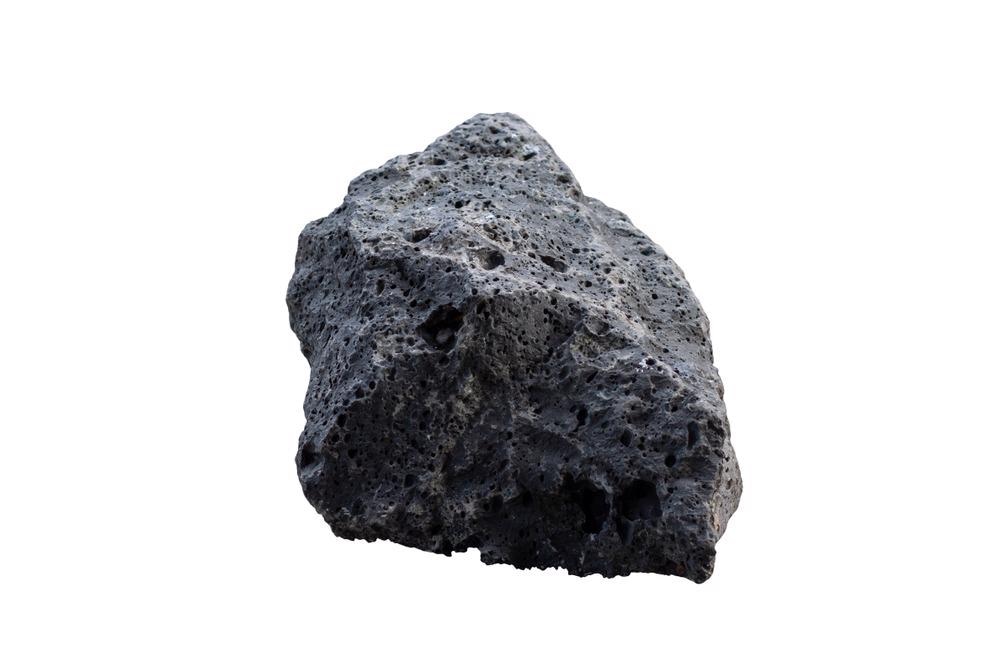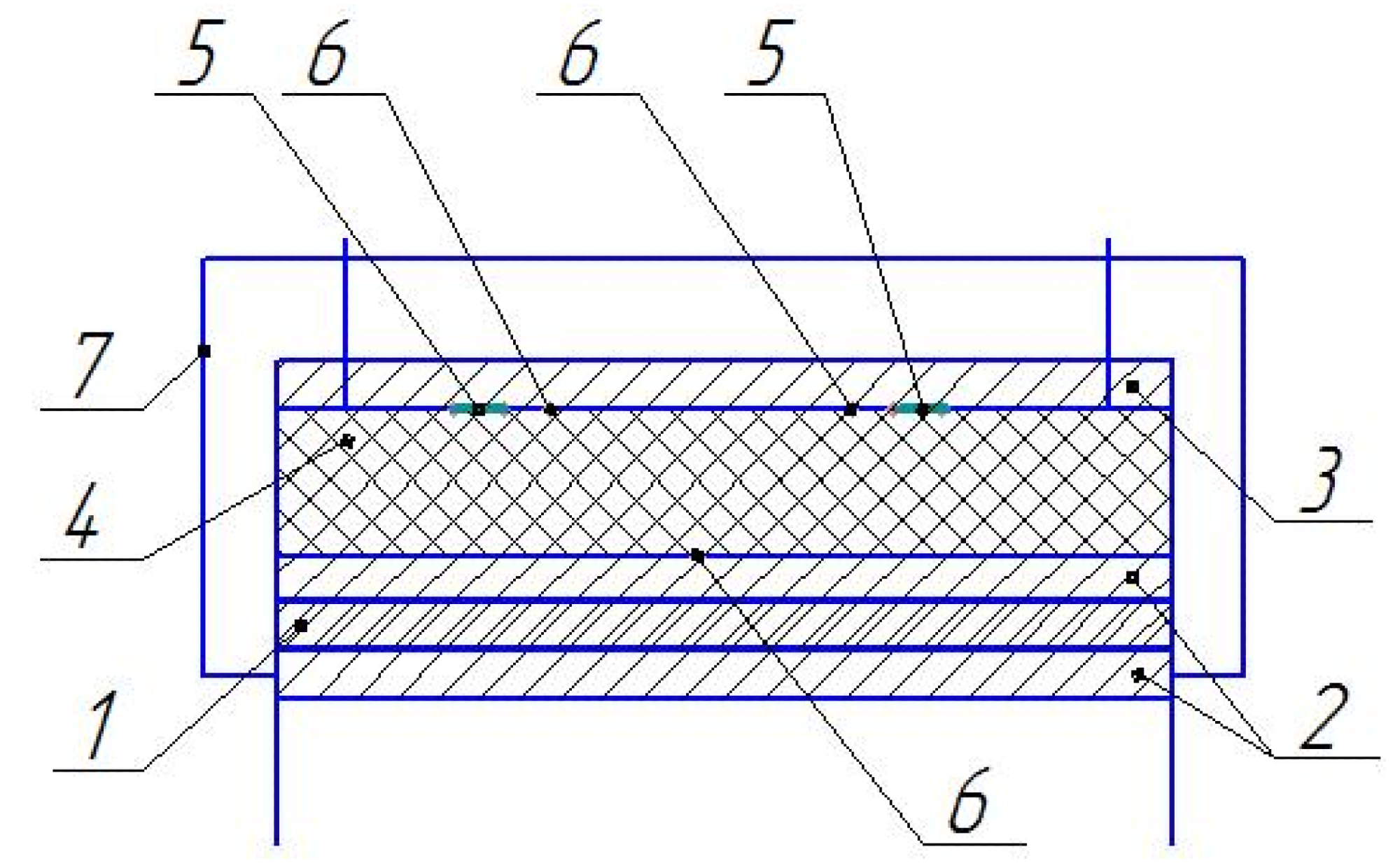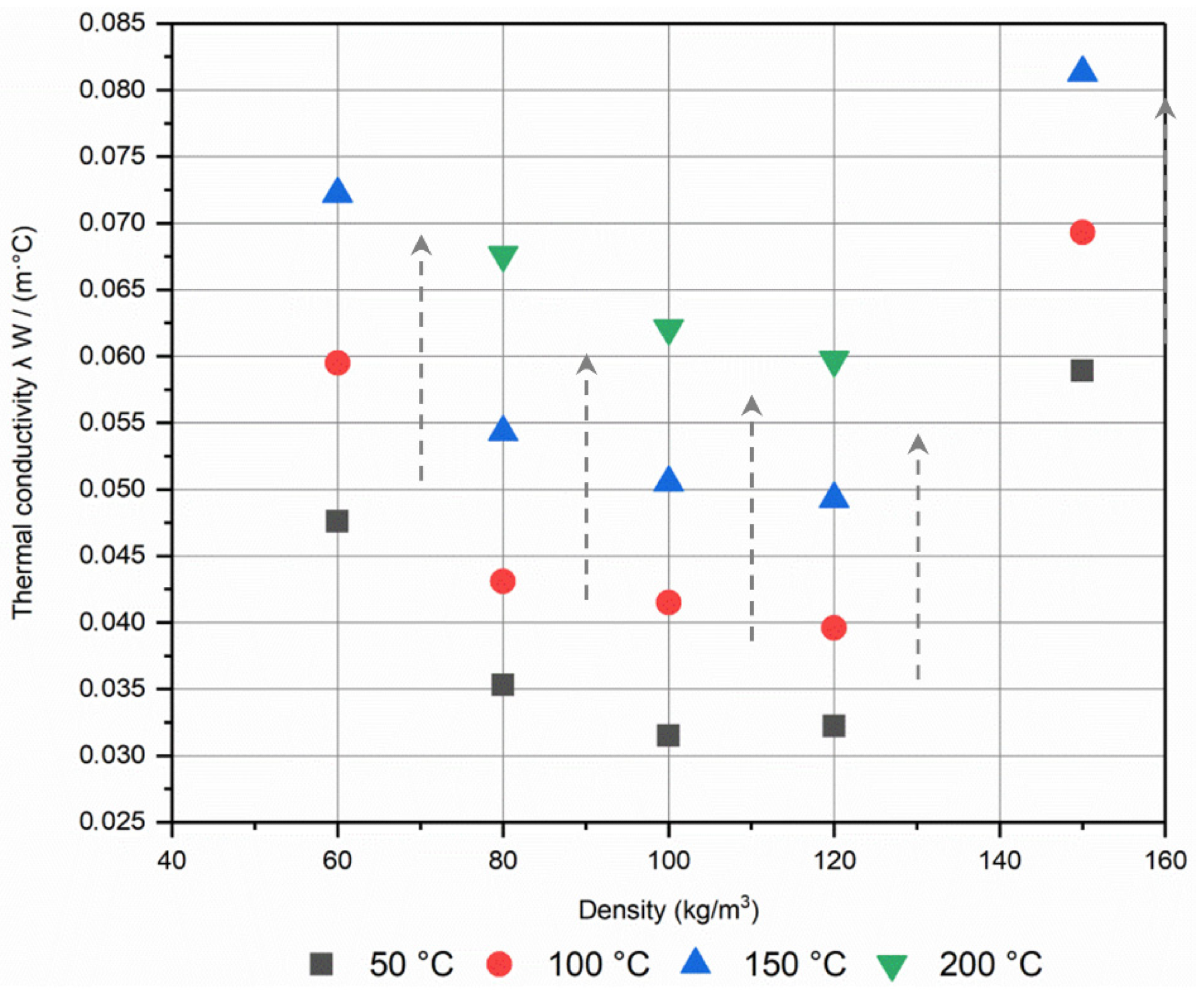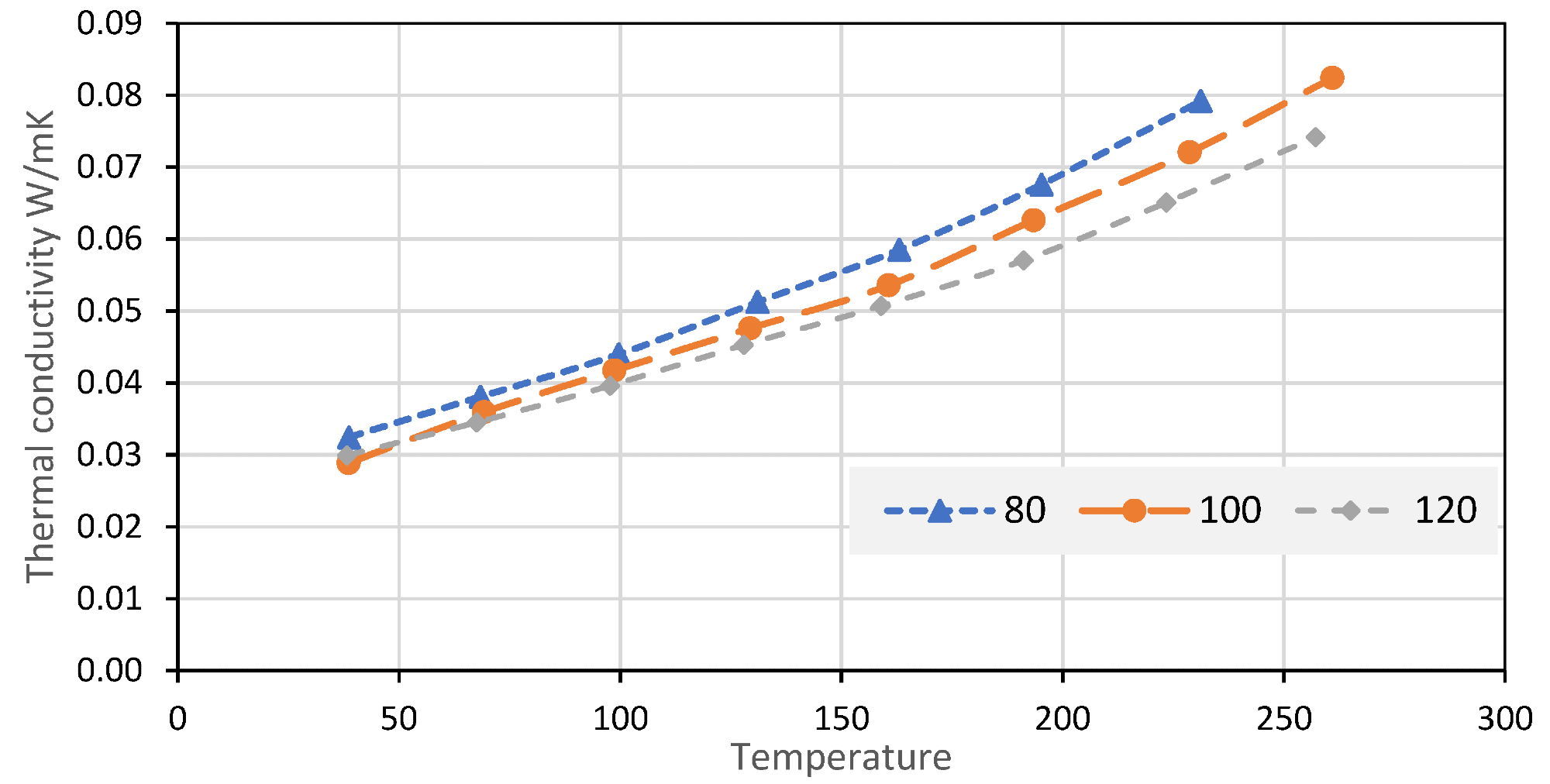 By Surbhi JainReviewed by Susha Cheriyedath, M.Sc.Apr 14 2022
By Surbhi JainReviewed by Susha Cheriyedath, M.Sc.Apr 14 2022In an article recently published in the open-access journal Energies, researchers discussed the thermal conductivity of basalt fibers at high temperatures.

Study: Experimental Assessment of the Thermal Conductivity of Basalt Fibres at High Temperatures. Image Credit: TuktaBaby/Shutterstock.com
Background
Current material science research is focused on the creation of materials with improved thermal insulation. In recent years, the use of porous thermal insulation materials based on glass, organic additives, and plasticizers for thermal insulation of heating mains and utility pipelines has received a lot of attention. Insulating materials' behavior in high-temperature supply systems has piqued researchers' curiosity.
This highlights the importance of developing long-lasting materials that maintain their properties even at high temperatures. As a result, creating suitable thermal insulation along with low thermal conductivity is a pressing need that necessitates a comprehensive solution in terms of layer thickness, material selection, and pre-insulated pipe arrangement.
Many industries that use a lot of energy have a large power supply system. The efficiency of thermal insulation determines the efficiency of energy and heat transportation systems in terms of limiting heat losses. When selecting an insulation material, it is important to consider its capacity to maintain a consistent behavior over time, as well as the operating conditions.

The scheme of the measurement setup: 1—heater, 2—hot plate, 3—cold plate, 4—sample, 5—heat flow sensors, 6—chromel-alumel thermocouples, 7—metal protective casing. Image Credit: Vankov, Y et al., Energies
About the Study
In this study, the authors explored the thermophysical properties of fiber thermal insulation materials of varied densities at high temperatures. The thermal conductivity of fibrous thermal insulation materials was investigated as a function of temperature between 50 and 500 °C. The effect of high temperatures on the mass change of fibrous materials related to synthetic binders burnout was demonstrated.
The researchers focused on the thermal conductivity characteristics of basalt fiber as a function of temperature and density to investigate the thermophysical properties of fibrous thermal insulation materials. The thermophysical characteristics of fibrous thermal insulations of varying densities were investigated to see how they changed when exposed to high temperatures. The effects of temperature on the coefficient of thermal conductivity were also investigated.
The thermal conductivity of cylindrical-shaped items was measured in a fixed thermal regime. The thermal conductivity of fiber thermal insulation materials was investigated using the stationary thermal regime method on flat samples, as per Russian State Standard GOST 7076-99. Heat meters were arranged asymmetrically in an experimental arrangement.
The team mounted high-temperature heat flux sensors on the surface of the thermal insulation material to determine the heat flux density. The samples were dried to a consistent weight before testing, and the received signal was processed with the LabVIEW software package's-built program. Thermogravimetry with gas Fourier transform infrared (FTIR) was utilized to determine the thermal stability of the examined objects and to quantify the polymer binder concentration under various operating situations.

The thermal conductivity of the thermal insulation material made of basalt fibre as a function of density and the average temperature of the thermal insulation layer (50, 100, 150, and 200 °C). Image Credit: Vankov, Y et al., Energies
Observations
Sample no. 1 had a thermal conductivity of 0.073 W/(m.°C), while sample no. 2 had a thermal conductivity of 0.037 W/(m.°C). The elementary fiber thickness of basalt thin fiber (BTF) was 5 to 15 µm, with a length of up to 50 mm. The weight of sample no. 4 was 10.6 mg of superfine basalt fiber (SFBF). SFBF was a super-thin basalt fiber with an elementary fiber thickness of 1–3 μm and a length of more than 50 mm. The weight of sample no. 3 of basalt thin fiber (BTF) decreased by 3.61%. In sample no. 1, the weight loss was 5.74%.
The processes of evaporation of crystallization water were observed from RT (room temperature) to 300 °C, and the process of burnout of the polymer binder was observed after reaching 300 °C. A minor drop in weight from 0.2 to 0.4% was detected for fiber samples that were in operation for thermogravimetric (TG)-IR-Fourier from room temperature to 500 °C.
It was demonstrated that the thermal insulating characteristics of material were influenced not only by its physical features (e.g., fiber diameter or density) but also by the geometric characteristics of the structure and the orientation of the fibers.

Dependence of the thermal conductivity coefficient (W/m°C) from the temperature (°C) for materials with densities of 80, 100, and 120 kg/m3. Image Credit: Vankov, Y et al., Energies
Conclusions
In conclusion, this study elucidated the relationship between density, temperature, and the thermal conductivity of fiber thermal insulation materials. New theoretical concepts concerning heat transfer processes in fiber insulating materials were evaluated.
The thermal conductivity of fibrous thermal insulation materials was studied in relation to the temperature of the insulated surface from 50 °C to 500 °C and the density of the thermal insulation material. The influence of high temperatures on the mass change of fiber thermal insulation materials related to synthetic binders burnout was demonstrated.
The author mentioned that a more in-depth investigation is limited by a lack of information on the binders' composition, which is a trade secret of the producers. They emphasized that if these characteristics are taken into account when designing thermal insulation for high-temperature applications, it will be possible to select thermal insulation materials with the best properties, ensuring that heat losses are kept within acceptable limits and that the heat-shielding properties remain stable during operation. The team also believes that mineral wool thermal insulation has a high chemical resistance.
Disclaimer: The views expressed here are those of the author expressed in their private capacity and do not necessarily represent the views of AZoM.com Limited T/A AZoNetwork the owner and operator of this website. This disclaimer forms part of the Terms and conditions of use of this website.
Source:
Vankov, Y., Bazukova, E., Emelyanov, D., et al. Experimental Assessment of the Thermal Conductivity of Basalt Fibres at High Temperatures. Energies 15(8) 2784 (2022). https://www.mdpi.com/1996-1073/15/8/2784